

This article is published with the support of our partners...
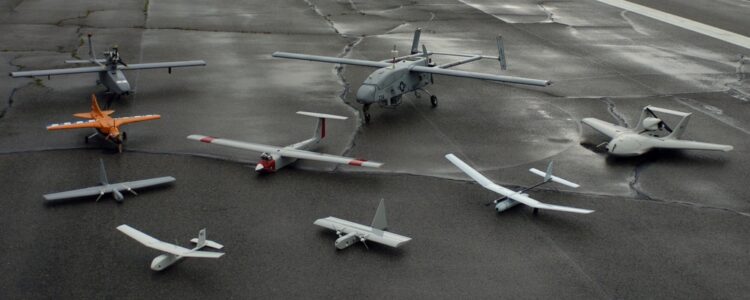
This article is published with the support of our partners Ukrspecsystems. Thanks to them it became possible to raise funds for powerful multi-purpose UAV complexes for our defenders. UAV, UAS, RPA, Drone, Quadrocopter: all these names and abbreviations refer to aircraft that are controlled remotely. Such devices are controlled by an autopilot or an operator not directly in the aircraft. Next, we will consider in detail what a UAV is, the history of development and evolution, types of drones, and application areas.
In one of the previous articles, we considered civilian quadcopters or drones. You may ask, what is a UAV, and what is the difference between drones? At first glance, the principle of operation of these devices is similar. The fact is that “drone” is the most general name for all unmanned moving machinery. In the future, we may see anthropomorphic machines with remote control, which some will also call drones.
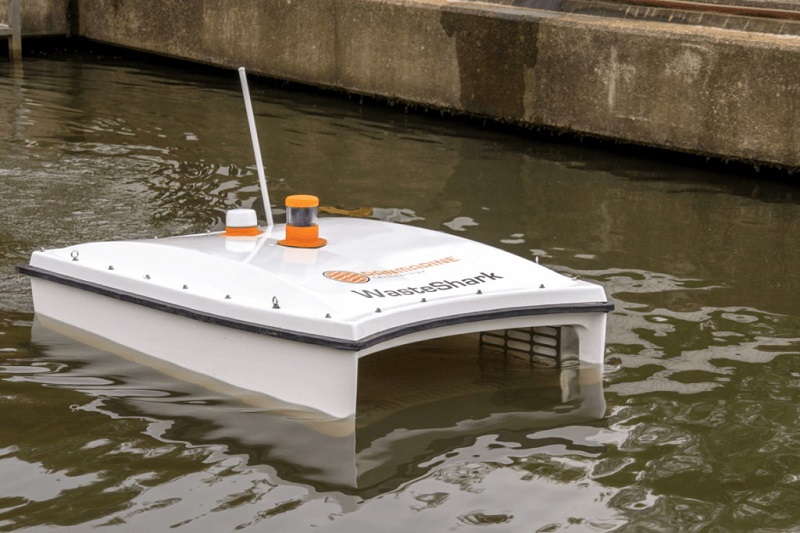
Features of the UAV (Unmanned Aerial Vehicle) are that it is exclusively an aerial, flying vehicle. And the very name drone (from the English drone – hornet) was used for flying machines on which pilots practiced air combat. The sound of a “swarm” of such drones resembled the noise of a swarm of bees.
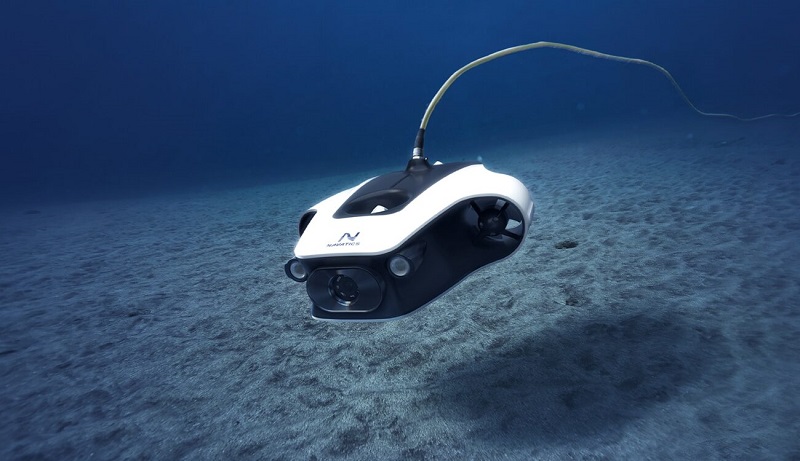
For “linguistic purity” and your safety, it should be noted that among professionals and “people in the field,” special terms are used for each type of equipment, and calling everything drones is simply obscene.
Flying drones have interested designers and scientists for more than a century. In the 20th century, the drone was a bold fantasy, like many scientific and technical ideas. These ideas are becoming part of the real economy, creating new diagnostic and monitoring methods, jobs, and new aviation industries.
The first predecessors of modern unmanned aerial vehicles (UAVs) are Austrian balloons for aerial bombardment. They were first used in 1849.
The prerequisites for the full development of flying drones are the invention of electricity and the radio communication. Pioneers in this field were brilliant scientists and eternal enemies, Thomas Edison and Nikola Tesla.
Edison presented his development a little earlier, in 1892, and it was not a drone in the modern sense of the word: Edison’s torpedo could only be controlled by wire. Nikola Tesla went further and, by 1899, created a small radio-controlled drone.
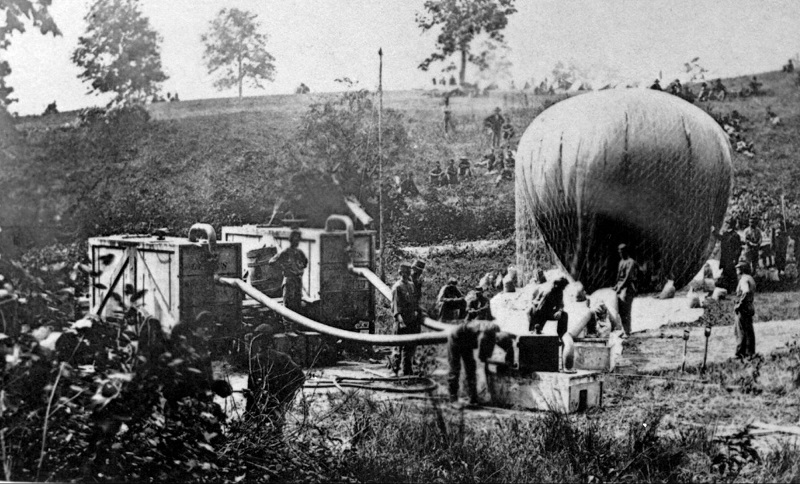
The reference point was 1910 when the inventor Charles Kettering proposed to create a flying machine controlled by a clock mechanism. Such a drone was supposed to drop its wings and fall on the enemies at a certain time. The Americans were interested in the idea – they began to finance the engineer’s development. The first test flights were successful, but the project did not develop further.
For a long time, UAVs were perceived exclusively as military equipment. During World War I, German and American manufacturers developed drones and competed to see who could lift more explosives. The USA reached the maximum in 1916: their drone could lift 450 kilograms. UAVs never took part in military operations, but the lessons learned were later used.
Engineers actively experimented with various ways of launching and landing drones in the interwar period. They were launched from a catapult, and bombers landed on the water and with parachutes.
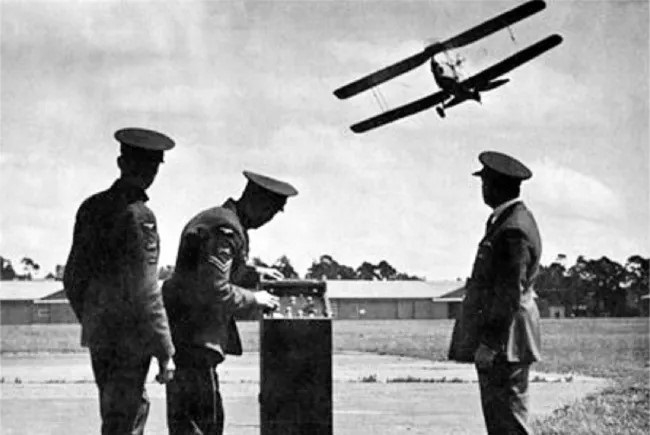
The breakthrough occurred in 1933 when British engineers worked together to create the first remote-controlled drone. It was a reusable device used as a training target for pilots and anti-aircraft guns.
Dropping torpedoes became the main interest of developers during the Second World War, and until the end of 1992, this interest did not shift. Much has changed since the invention of GPS.
Drones began to be used for purposes close to what we have today: monitoring, filming, surveillance, and location.
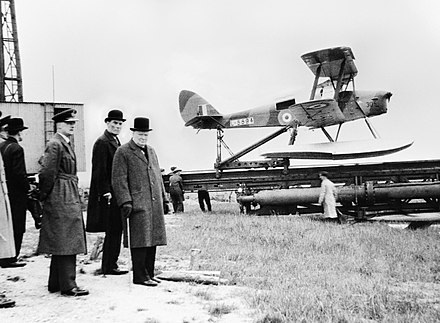
Civilian drones appeared only in the 2000s – technically different from military drones. They are considered more technological due to small production volumes and narrow specialization. These two circumstances allow engineers to respond quickly to the changing priorities and needs of the consumer market.
Some startups amaze even skeptics with their capabilities because they already compete with delivery services, and in the future, they can seriously displace small aircraft.
First, UAVs are divided by mass into small, medium, and heavy. This classification will help to determine its main purpose immediately. Next, we will consider the category of UAVs in more detail.
For most tasks, small UAVs weighing up to 30 kg show the greatest efficiency. They are chosen for their availability and ease of use. They do not require special storage conditions and take-off sites and therefore are more mobile. Registration and accounting of such aircraft are also simplified compared to heavier drones.
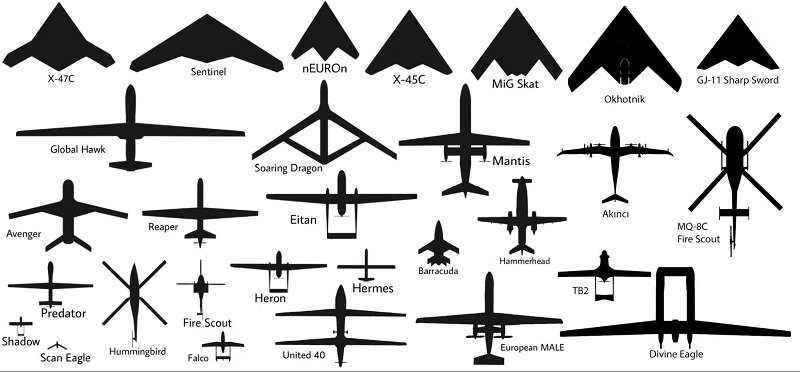
By design, UAVs are aircraft and multi-rotor (helicopter) types. In addition to these two schemes, you can find hybrid UAVs and convertibles.
Micro-drones are practically pocket-sized drones the size of a large insect. The most famous nano drones are the Black Hornet models of the Norwegian company Prox Dynamics, which are slightly more than 100 mm long and 25 mm wide. British soldiers have been using them in Afghanistan since 2013. They help see what is happening around the corner or behind the wall where the opponents hide.
The whole complex for working with a drone weighs 1.3 kg. It includes a one-handed remote control, a docking station, and batteries. Black Hornet micro-drones can hang in the air for up to 25 minutes on a single battery charge and 2.5 hours, considering the additional power supplied in the kit. The range of the micro-drone is one kilometer, and the speed is 5m/s. Black Hornet models can be equipped with two cameras, a night vision device, and infrared registration.
The similarity of the Black Hornet with an insect or bird successfully allows it to remain unnoticed. In addition, it is one of the few drones that can fully operate indoors.
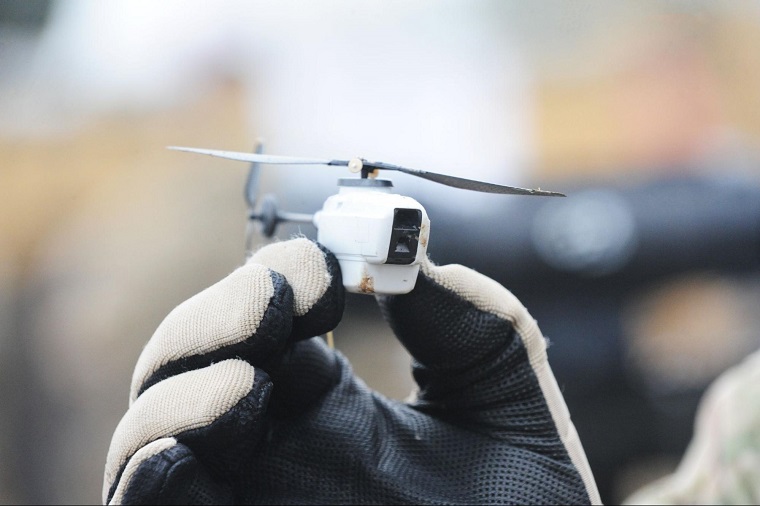
UAVs, which are already much more difficult to hide, have several important differences and usage scenarios. You can no longer hide such UAVs in your pocket, but they can stay in the air for up to 12 hours without a break and range up to 90 kilometers. A typical representative of this class of devices is the Fulmar reconnaissance drone. It is manufactured by the French company Thales. The range of tasks – a collection of various intelligence data.
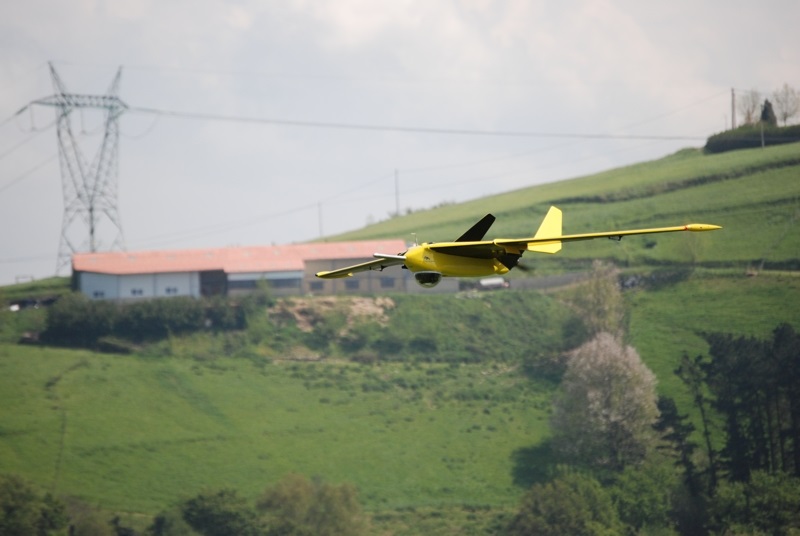
In the same class as Fulmar is the Aladin model of the German company EMT Penzberg, however, with a shorter range – only 15 kilometers. The US Army prefers the Raven model manufactured by AeroVironment. Raven can be launched into the air with a simple throw. The radius of action of this UAV with an electric motor is about 10 kilometers. It can submit commands from the ground or work offline.
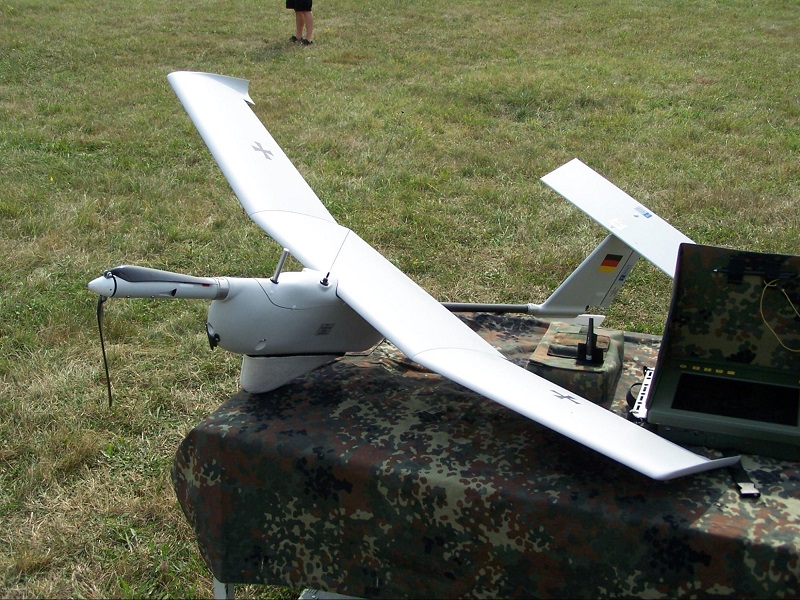
As a rule, UAVs of this class are designed for data collection, and their size and flight characteristics are optimal for reconnaissance operations.
Most military drones are medium-sized or tactical UAVs. These are the “workhorses” of modern armies around the world. In the US, it is customary to designate them with the abbreviation MALE – drones capable of working for a long time at medium altitude or HALE – at high altitude.
One of the leaders in this class is the Heron model, produced by the Israeli company Israel Aerospace Industries. Heron can fly for 52 hours at an altitude of 10,000 meters. It weighs more than a ton, and its wingspan is 16 meters. The model is in service in such countries as the USA, Australia, Morocco, Turkey, India, and Canada.
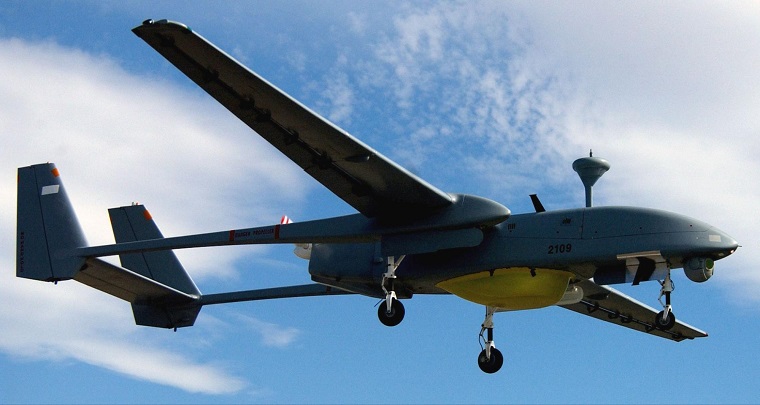
The German armed forces use the Luna model, which the EMT manufactures. UAVs of this model have been used in Afghanistan and Kosovo since the early 2000s. Still, they also have significant disadvantages: the range is limited to a hundred kilometers, which is not enough for a reconnaissance drone.
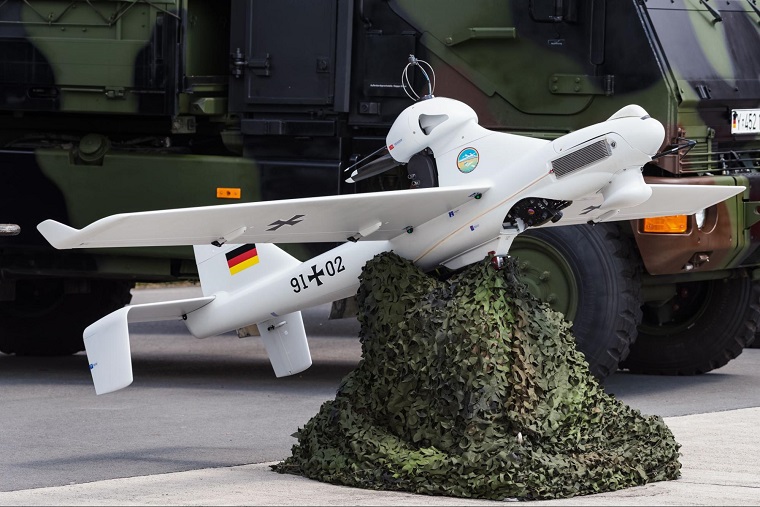
Perhaps the most famous military drones are the large aircraft of the US Army. Among the models of such drones, we should mention The Predator and its larger sibling, The Reaper. General Atomics sells them for 16.9 million dollars apiece.
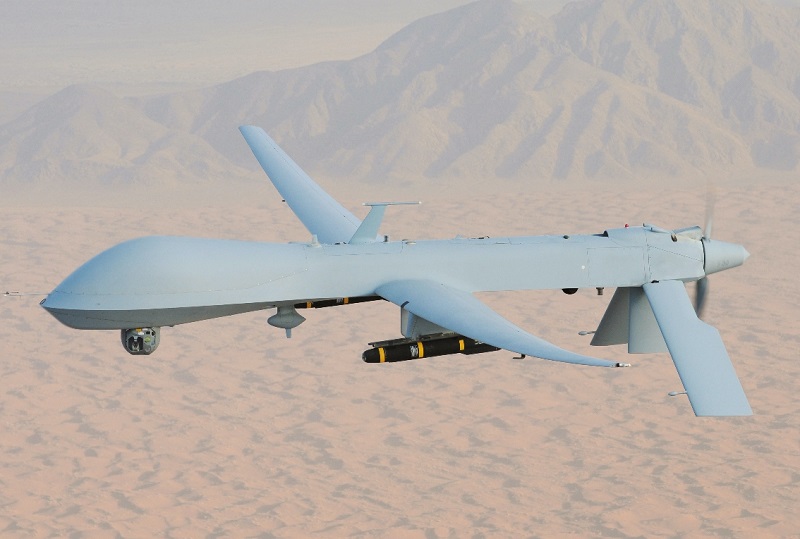
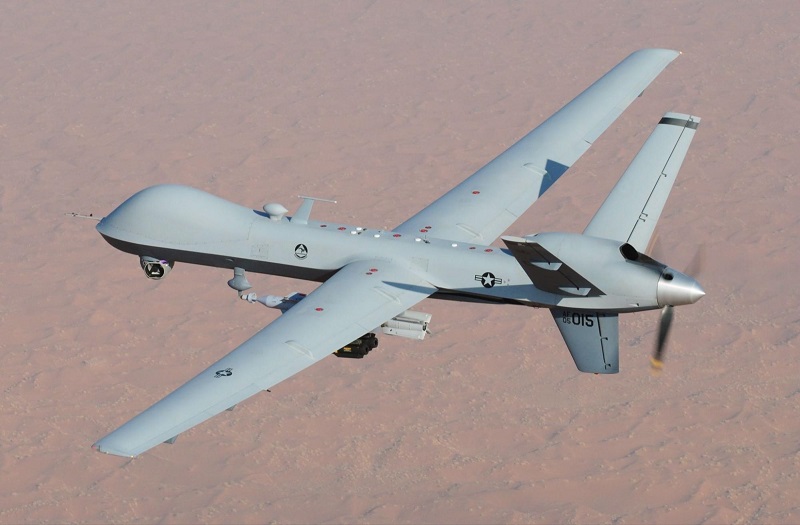
With a range of up to 1,000 kilometers and a flight time of up to 14 hours, The Reaper can be equipped with various guided missiles to engage targets. In addition to the United States, several other NATO countries, including Spain, France, and Great Britain, use similar UAVs. Similar to The Reaper, the CH-4 model from the PRC is in service with the armies of Egypt and Iraq.
The largest and most expensive drone is the Global Hawk model produced by Northrop Grumman. Each instance costs $130 million, not including the supporting infrastructure on the ground. Global Hawk flies higher than ordinary civilian aircraft – at an altitude of up to 18 thousand meters.
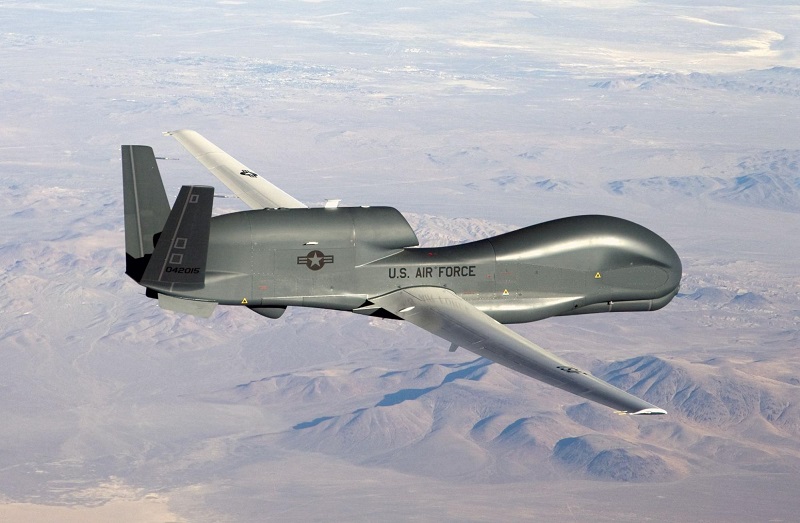
It is usually used to monitor areas of armed conflicts, but its main purpose is different – such a drone is capable of intercepting mobile communications signals. So far, only Northrop Grumman produces UAVs of similar size and capabilities. Still, it is expected that shortly they will compete with Chinese UAVs of the CH series produced by the China Aerospace Science and Technology Corporation.
Designers use several effective, time-tested methods to lift UAVs into the air.
When asked what a UAV is, people often imagine ordinary civilian drones with propellers or multicopters. Multicopter drones are the most common type. There are UAVs with 3, 4, 6, 8, and 12 engines with propellers. In flight, they keep a horizontal position relative to the earth’s surface and can hover over a certain place, move to the sides, forward, backward, up and down, and turn around their axis. Actions are performed by changing the thrust in each motor.
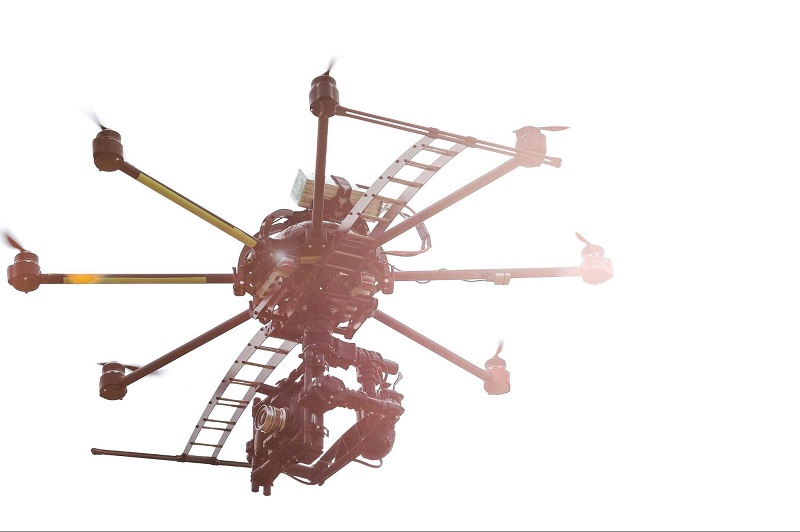
Drones use a wing to fly and create lift, just like regular airplanes. They cannot hover in the air but can move forward on a given course for as long as their power source allows. Such drones are more economical, faster, and designed for monitoring large areas.
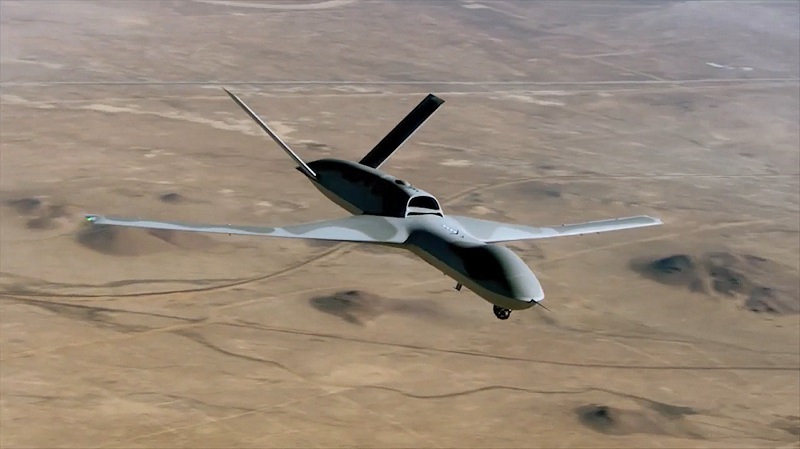
Unmanned helicopters are similar to real helicopters. Unlike a multi-rotor drone, they have one large lead propeller and a small tail propeller for course control. More efficient than multirotor: have a higher flight time and can run on an internal combustion engine. But due to the more complex design, the operating costs are high.
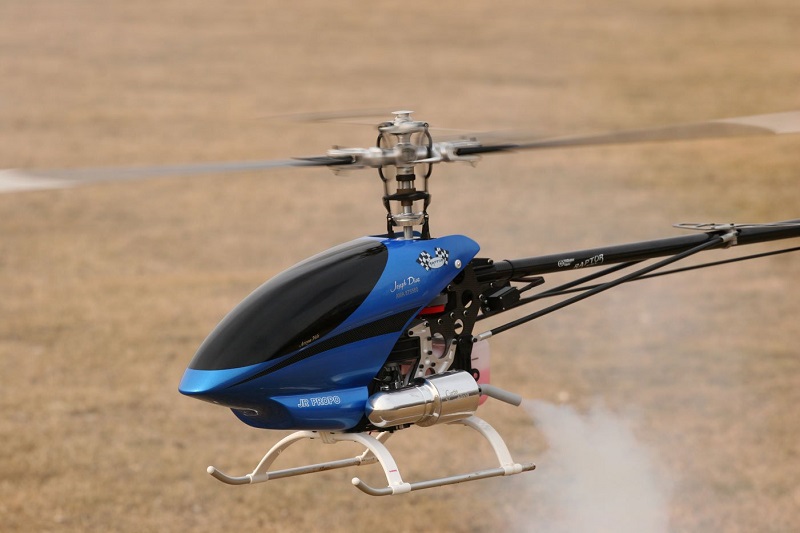
Unmanned aerial vehicles combine the advantages of fixed-wing models (e.g., higher flight time) with the benefits of propeller-based models (e.g., the ability to hover). Hybrid aircraft designs have been designed since the 1960s but were not particularly successful then. However, with the advent of new-generation sensors (gyroscopes and accelerometers), the hybrid design received a new life and development direction.
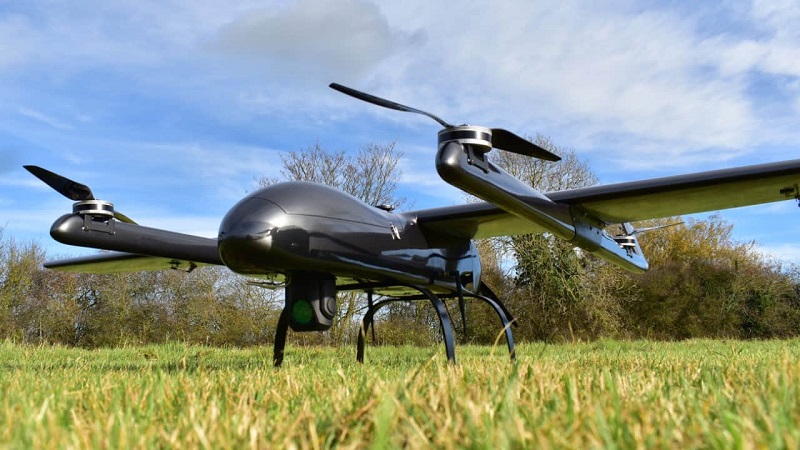
The key features of UAVs allow them to find more and more fields of application. Currently, UAVs are actively used in various industries:
Agriculture was one of the first industries to use remote sensing technology in the middle of the last century. Previously, aerial photography from piloted aircraft and space satellites was used for comprehensive land assessment and yield forecasts.
The most popular field of work in agriculture is assessing the state of vegetation. It is relevant at all stages of plant development, which allows you to assess the current yield and plan a complex of works to increase the yield in the future.
The second scenario of using drones in agriculture is spraying plants and fruit trees.
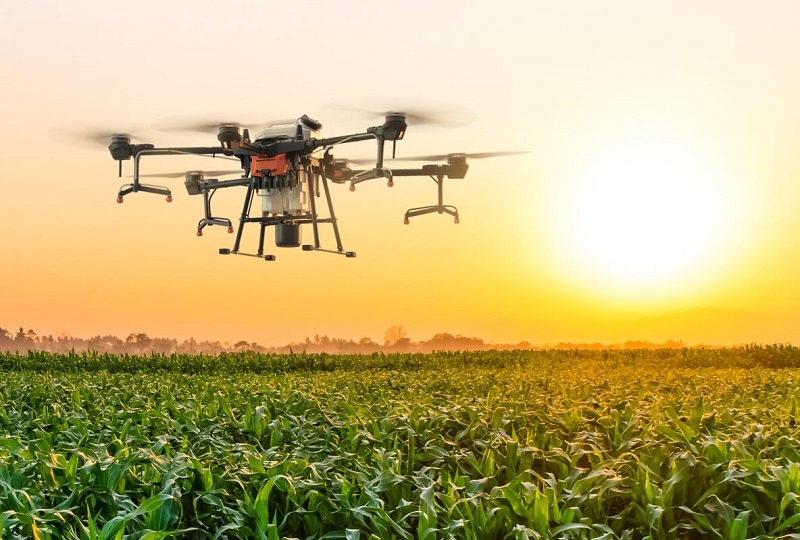
Drones have taken their place in the electric power industry. They are used to analyze linear objects of wide length. UAVs help to determine the areas of damage on infrastructure objects and timely detect emergencies, deformation of supports, and various foreign objects in the protection zone of power transmission lines.
With the help of special ultraviolet sensors, drones can determine the coordinates of a corona discharge on power lines. Special multicopters are used to pull wires between supports separated by natural obstacles. In addition, with the help of drones, it is possible to carry out thermal imaging control of power elements of high-voltage lines and analyze the sagging of wires.
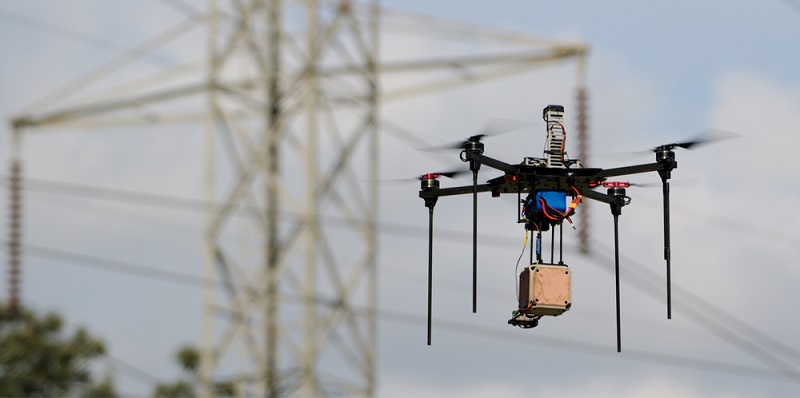
Drones are used to create a topographical base and high-resolution aerial photography with precise coordinate referencing. Based on the obtained data, orthophoto maps and three-dimensional terrain models are built. Specialized drones are designed to install equipment to perform the described tasks.
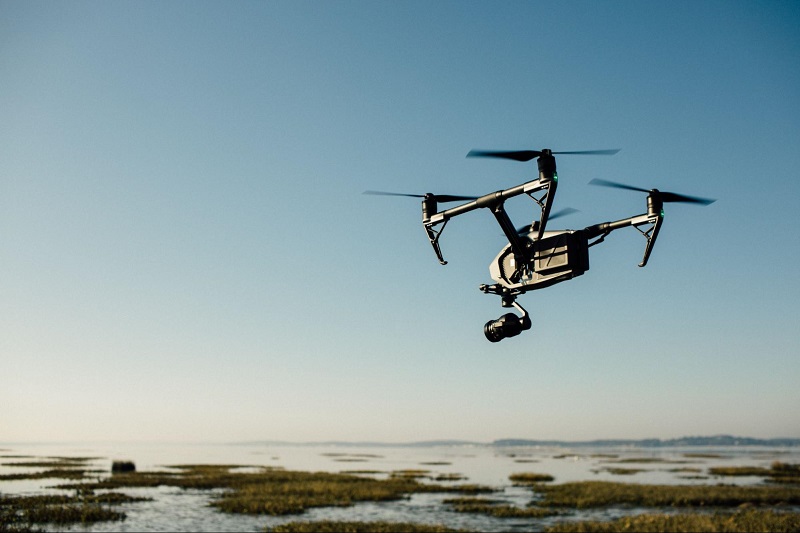
In the oil and gas sector, UAVs can perform a wide range of work. The most promising is the use of unmanned aircraft for regular overflights of pipeline systems. Drones with installed cameras and thermal imagers allow quick detection of pipelines, spills of oil products, places of unauthorized cuttings, and ignition of forests and peatlands in areas where pipelines pass. Based on the shooting results, a joint photo plan and a map with the exact location of important objects are created.
UAVs are also used to inspect fuel storage facilities and flare pipes in planning and construction support for environmental monitoring.
Geologists actively use drones for a detailed assessment of the terrain: determining the area and nature of soil anomalies, and obtaining information on how to select drilling equipment to the desired point more efficiently.
UAVs can analyze terrain in areas that are difficult for humans to reach, making these devices indispensable in this field.
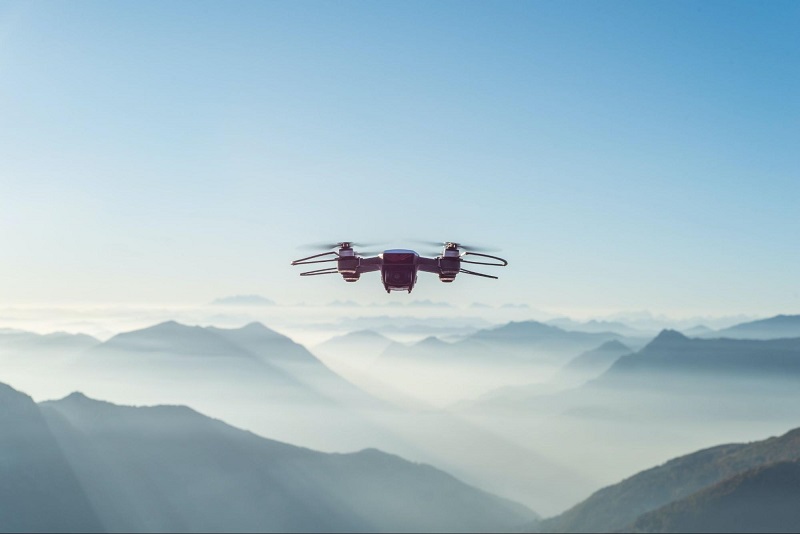
Security agencies have long incorporated drones into their operations. They carry out aerial monitoring of protected areas, track moving objects, and escort them along the route. Often they are used to monitor personnel or assess the facility’s security level.
The army, police, and other law enforcement agencies use drones for round-the-clock patrolling, delivering urgent goods to hard-to-reach areas, protecting facilities, and transporting convoys. Drones are also used directly during hostilities. Mainly, small unmanned aerial vehicles are used to conduct surveillance.
The tasks of such UAVs include:
Security agencies need reliable and undemanding UAVs equipped with sophisticated multi-functional equipment. Devices used by law enforcement officers must be well protected both from external influences and from interception of control and collected information.
Civilian drones with cameras are often used in military operations, as they are quite suitable for reconnaissance.
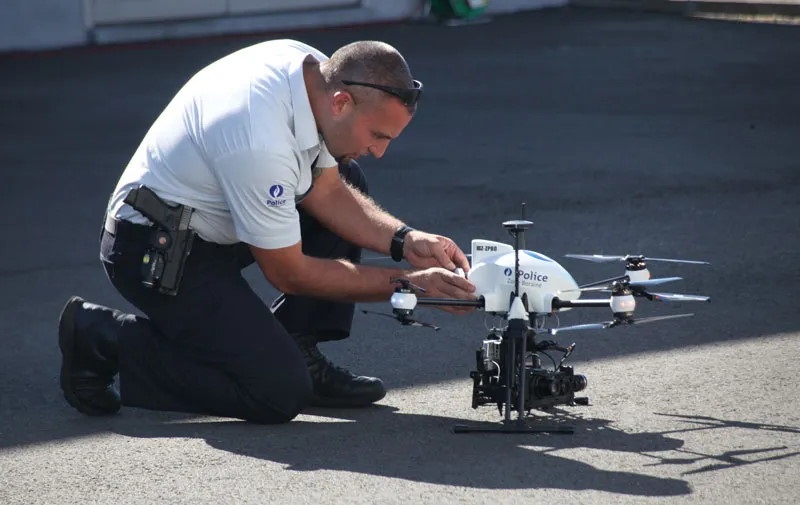
Drones allow you to control the construction process, regulate and timely detect errors in the construction technology of the object, as well as receive information for developing a scheme for further work. The camera provides clear photos to analyze the situation.
Heavy cargo drones can also be used to deliver tools or construction materials.
The compactness and maneuverability of drones make them attractive for use in forestry:
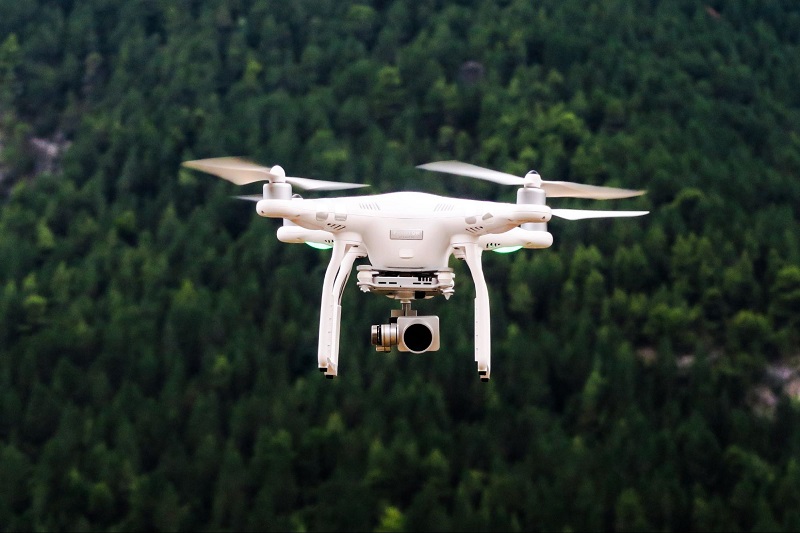
UAVs provide highly accurate data needed for road design. They perform analysis of the road surface, and with the help of high-resolution photography, they fix road problems. Effectively monitor the performance of road works.

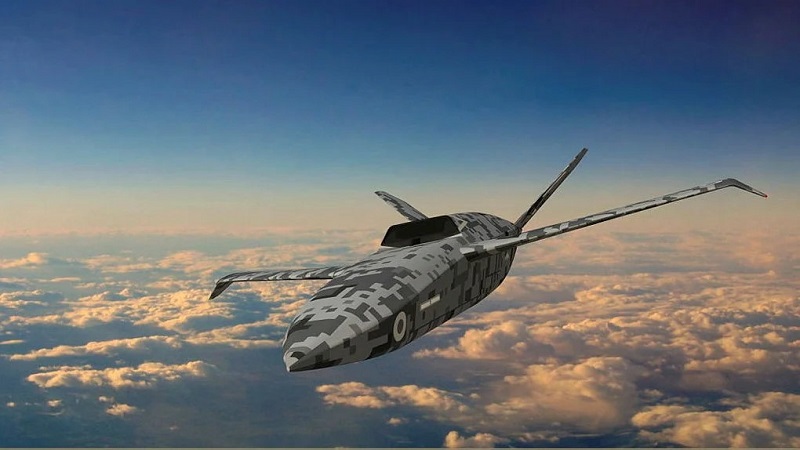
Drones have long been involved in the technological race and have gradually entered our daily lives. It is fair to say that unmanned technologies have huge prospects, and not only in the military sense. Sufficiently developed UAV technologies will be able to replace pilots both on the battlefield and in civil aviation. If it saves human lives in war, then in peacetime, this technology will eliminate the human factor in plane crashes. The development of UAVs is closely related to the robotics of all spheres of life, from cargo delivery to public transport. There is no doubt about the economic efficiency of these changes.